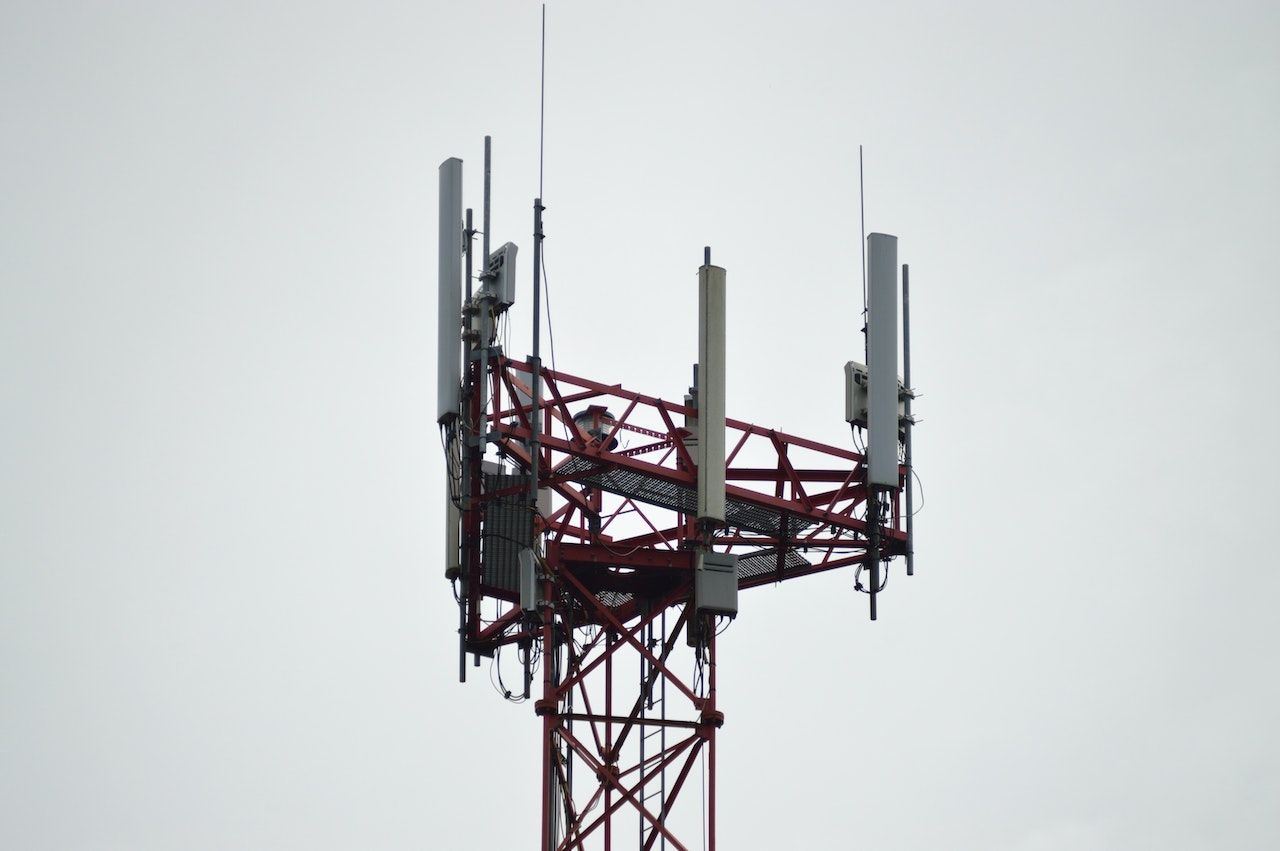Advantages of Using Multiband Antenna

In the fast-paced digital era, the backbone of seamless communication lies in the technology behind it. As we venture further into the realms of advanced connectivity, the choice of equipment becomes increasingly paramount. One such piece of equipment, the multiband antenna, has emerged as a cornerstone in wireless communications. From its foundational design to its significant role in remote regions, understanding the multiband antenna's capabilities can drastically improve our communication experiences. In the following sections, we delve deep into the nuances of multiband antennas, exploring their design, advantages, and critical factors to consider when choosing the right one for your needs. Join us as we unravel the multifaceted world of these versatile antennas and their transformative impact on modern communication.
Advantages of Using Multiband Antenna
In today's hyper-connected era, antennas play an instrumental role in ensuring seamless communication. They're the unsung heroes behind your mobile calls, satellite TV, and the WiFi that keeps you online. As the demand for better, faster, and more reliable connectivity increases, the multiband antenna emerges as a revolutionary solution. Unlike traditional antennas, these offer the potential to connect over multiple frequency bands, providing unparalleled versatility in the realm of wireless communications.
Understanding Multiband Antenna
Single-band antennas, as their name suggests, are designed to operate within a single frequency range. They're efficient within their specific domain, but when users require connectivity across multiple frequencies, these antennas fall short. Enter the multiband antenna.
Multiband antennas, which include dual-band, tri-band, and quad-band variants, are engineered to transcend this limitation. Whether you’re delving into a WiFi multiband antenna for your home network, a mobile multiband antenna for your smartphone, or a satellite multiband antenna for more specialized applications, these tools are crafted to cover a wide frequency range. This wide frequency range antenna capability ensures that users don’t have to switch between different antennas for different tasks.
For example, a vehicle multiband antenna can support GPS, cellular, and radio communications all in one. For DIY enthusiasts, creating a DIY multiband antenna can be an exciting project, allowing custom solutions for unique communication requirements. If you’re thinking about signal strength, then consider the signal-boosting antenna properties of the multiband variants. Their ability to combine multiple frequencies ensures that signals remain robust and interference is minimized.
Moreover, the design evolution has led to the creation of compact multiband antennas, which don’t demand much space despite their expansive capabilities. This makes them perfect for applications like roof-mounted setups, ensuring you get top-notch signals without a sprawling setup.
Another intriguing concept in this realm is the omni-directional multiband antenna. Unlike directional antennas that need to be oriented towards a specific signal source, omni-directional variants capture signals from all around, making them especially useful in environments where signal direction can be unpredictable. In comparison, multiband vs. single-band antenna highlights a clear winner for those looking for versatility. Where single-band antennas provide specialized performance, multiband antennas offer a broader range, catering to myriad needs with a singular, efficient tool.
Multiband Antenna Seamless Connectivity Across Networks
Imagine living in a world where you switch between networks without a hitch, where your devices adjust to the best available signal without you noticing any lag. This is the promise of multiband antennas. By supporting multiple frequencies, they ensure that your devices can effortlessly transition between networks, be it from WiFi to cellular or vice versa.
The diverse nature of multiband antennas – from dual-band to quad-band – means there’s a perfect fit for everyone. Whether you’re a casual user looking to enhance your home WiFi with a WiFi multiband antenna or a professional requiring the robustness of a satellite multiband antenna, there’s a multiband solution tailored for your needs. Stay tuned as we dive deeper into the myriad benefits of multiband antennas in the next sections.
Benefits of Using Multiband Antenna
In the realm of wireless communication, the Multiband Antenna stands out as a game-changer, offering a suite of advantages to meet the increasing demands of our connected age. Here are some of the most compelling benefits:
- Optimized Signal Strength and Quality: Gone are the days of fuzzy reception and dropped calls. Multiband antennas operate across a range of frequencies, ensuring that users always have the best possible signal. By seamlessly switching between available bands, these antennas can maintain a high-quality connection even in challenging environments.
- Efficient Data Transfer and Communication: With the surge in data-intensive applications, from video streaming to online gaming, a steady and rapid data transfer is paramount. Multiband antennas facilitate efficient communication across various frequencies, enabling faster download speeds, reduced latency, and smooth data transfers.
- Adaptability to Changing Network Technologies: As technology evolves, so does the landscape of wireless communication. Multiband antennas are future-proof, designed to adapt to emerging network technologies. This means that as new communication bands are introduced or standards change, these antennas can accommodate without necessitating a complete overhaul.
- Versatility and Flexibility: Multiband antennas are not bound to a specific frequency. Whether you're using WiFi, cellular, or satellite networks, a single multiband antenna can handle them all. This versatility eliminates the need for multiple antennas, offering a streamlined solution for varied communication needs.
- Improved Device Battery Life: Constantly searching for a signal can drain a device’s battery quickly. Multiband antennas provide a more stable connection, reducing the need for devices to continuously search for the best available signal, subsequently leading to extended battery life.
- Enhanced User Experience: All these benefits culminate in an unparalleled user experience. Faster browsing speeds, clear calls, uninterrupted streaming, and longer device usage times are just some of the perks users can enjoy.
In conclusion, the multifaceted advantages of using multiband antennas make them an indispensable tool for modern wireless communication, delivering not only superior technical performance but also a significantly improved user experience.
Selecting the Right Multiband Antenna
In our increasingly connected world, the foundation of reliable communication rests upon the quality and compatibility of your antenna systems. With a plethora of options available, it becomes essential to discern and select the most suitable antenna tailored to your specific needs. That’s where the significance of a multiband antenna, especially from a trusted brand like Radio Gagas, comes into play.
Optimizing your connectivity is not merely about speed or bandwidth; it's about consistency, adaptability, and seamless integration. A multiband antenna provides the versatility to connect across multiple frequency bands, eliminating the constraints of single-band limitations. But, not all multiband antennas are created equal. Radio Gagas' Multiband Antenna products have carved a niche for themselves, setting standards that few can match. They don't just promise broad spectrum coverage; they guarantee unparalleled compatibility. This ensures that your devices, irrespective of their make or age, can synchronize effortlessly with the antenna.
Furthermore, with Radio Gagas, performance isn’t just a metric; it's a commitment. The antennas are designed with precision, ensuring that every transmission and reception is of the highest quality, minimizing interference and maximizing clarity. This precision in design and commitment to excellence means that with every Radio Gagas antenna, you are equipped with a tool engineered for peak performance. Lastly, purchasing a Radio Gagas Multiband Antenna is more than a transaction; it's an investment in seamless communication. The brand doesn’t merely offer a product; they offer a solution.
By choosing Radio Gagas, you're not just integrating a new piece of equipment into your existing setup; you're elevating the entirety of your communication infrastructure to a new benchmark of reliability and performance.
Frequently Asked Questions
- What is a multiband antenna? A multiband antenna is designed to operate efficiently over multiple frequency bands, allowing it to support various communication standards. Unlike single-band antennas that work on a specific frequency, multiband variants offer broader versatility in wireless communications.
- How does a multiband antenna enhance connectivity? A multiband antenna can seamlessly switch between different frequency bands, ensuring optimal signal reception and transmission. This adaptability guarantees consistent and high-quality connectivity even in areas with varying signal strengths.
- Can a multiband antenna work with different generations of cellular networks? Yes, a multiband antenna is engineered to be compatible with multiple generations of cellular networks, from older 2G and 3G standards to modern 4G and 5G frequencies. This flexibility ensures that devices remain connected, irrespective of the prevailing network technology.
- What advantages does a multiband antenna offer in remote areas? In remote areas where signal strength can be sporadic or weak, a multiband antenna can tap into various available frequencies to maintain a stable connection. Its versatility ensures that users in isolated locations have the best possible chances of achieving and retaining connectivity.
- How to choose the right multiband antenna? When selecting a multiband antenna, it's crucial to consider the specific frequency bands you require, the antenna's compatibility with your devices, and its performance ratings. It's also advisable to assess the installation requirements and the environment in which the antenna will operate to ensure optimal performance.



